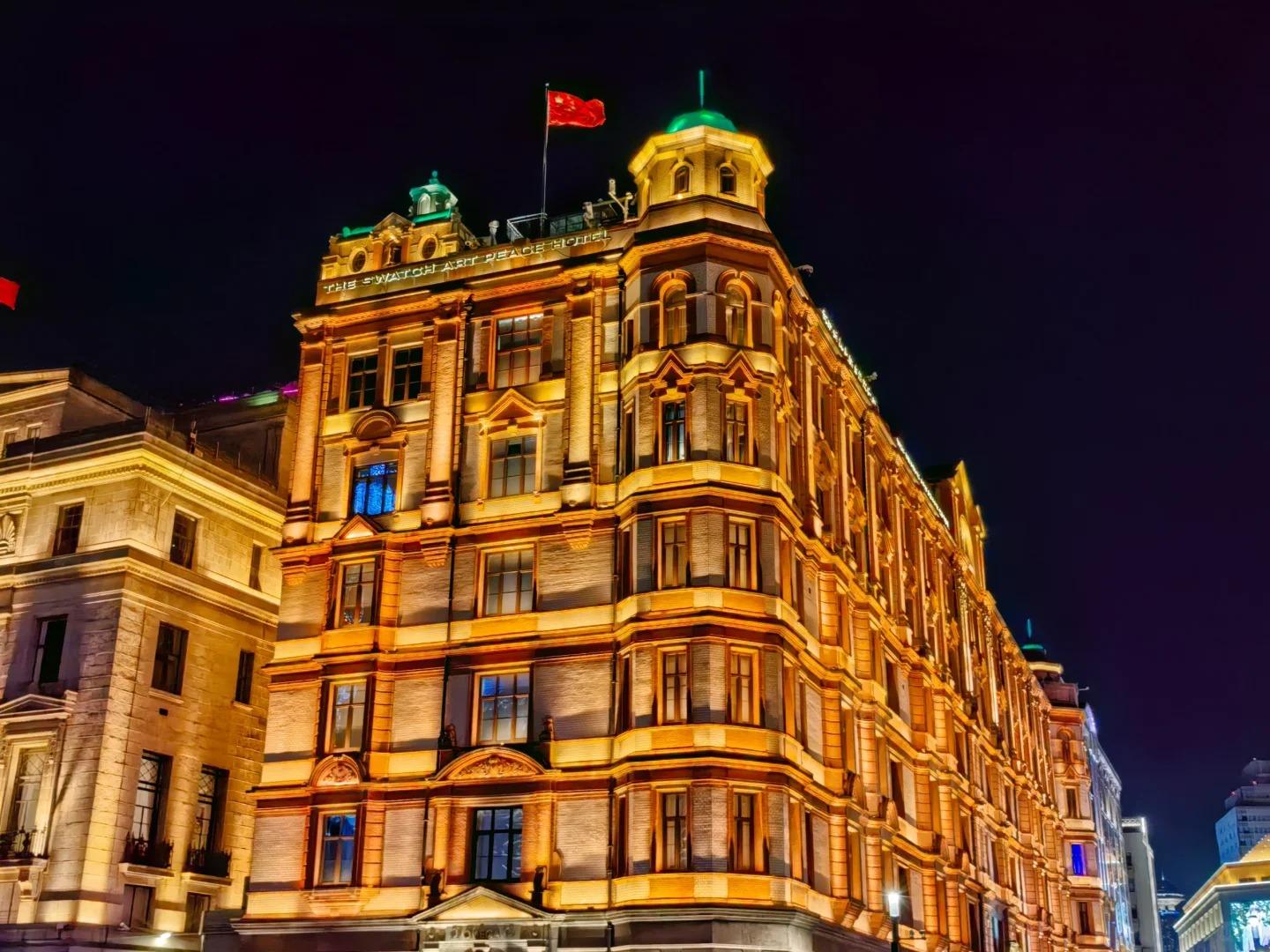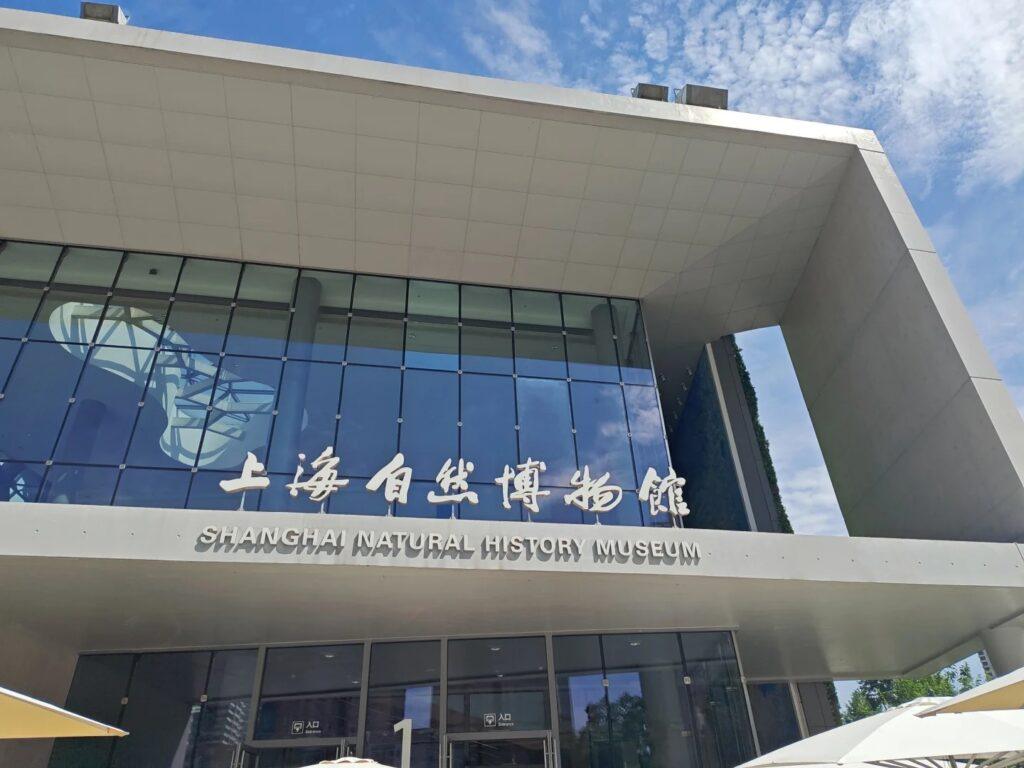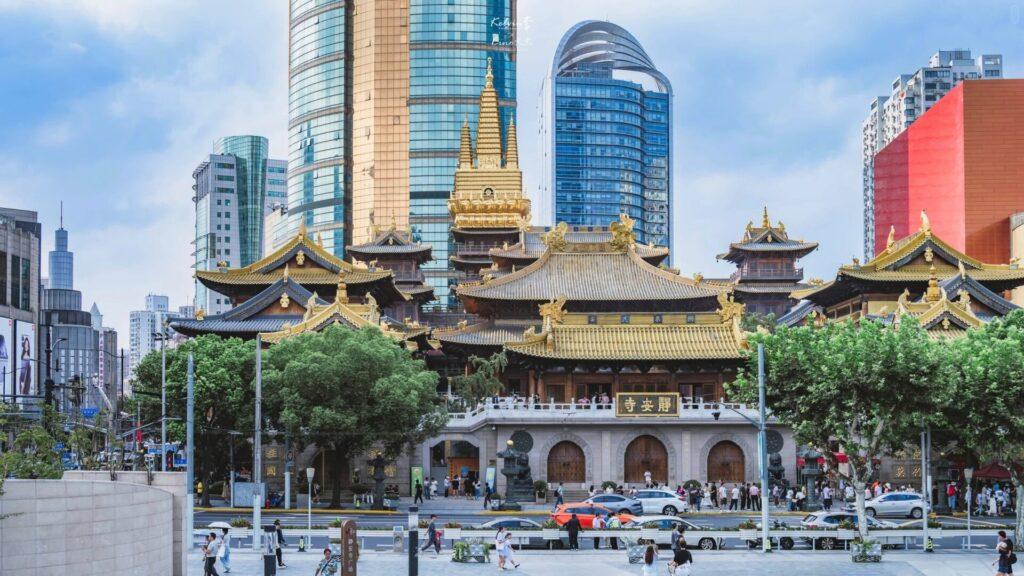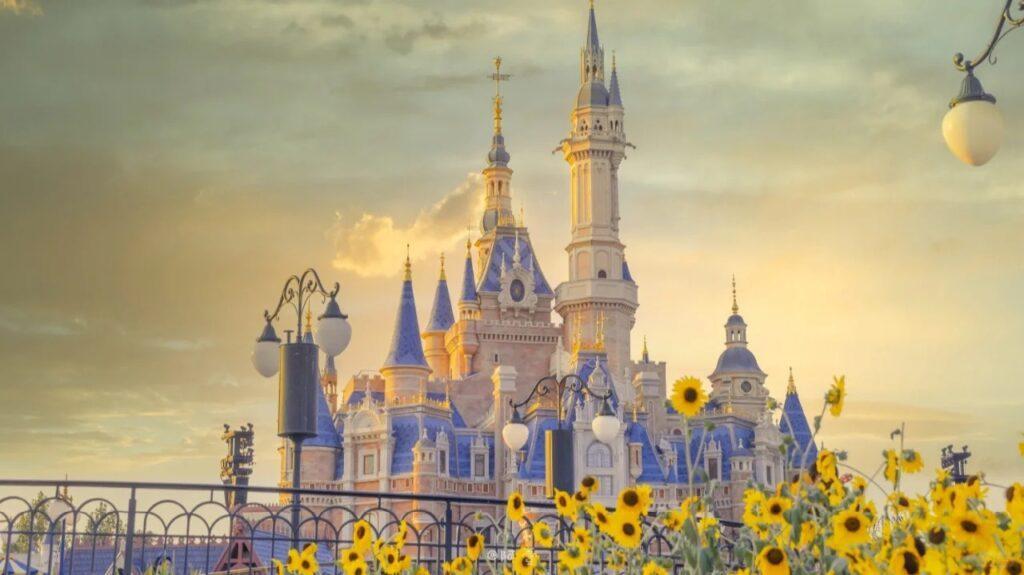Visiting Information
| Information | Details |
|---|---|
| Chinese Name | 南京路 (Nánjīng Lù) |
| Location and Address | Nanjing Road, Huangpu District, Shanghai, China |
| Opening Time/Hours | 24/7 (individual store hours may vary) |
| Entrance Fee | Free |
| How to Get There | By Metro: Line 1, 2, 8, 10 to People’s Square Station; Line 2, 10 to East Nanjing Road Station By Bus: Multiple bus lines stop along Nanjing Road By Taxi: Easily accessible from anywhere in central Shanghai |
| Best Time for Visit | Spring (March-May) and Autumn (September-November) |
| Contact Info | No specific contact for the street itself; individual stores have their own contact information |
Overview
Nanjing Road is Shanghai’s premier shopping street and one of the world’s busiest shopping districts. Stretching for 5.5 kilometers, it is divided into two sections: Nanjing Road East and Nanjing Road West. The pedestrian-only East section is particularly popular among tourists and locals alike, offering a vibrant mix of traditional and modern commerce, entertainment, and dining experiences.
Historical Background
Nanjing Road’s history dates back to 1851 when it was first built as Park Lane. It was later renamed Nanjing Road in 1945. Throughout the late 19th and early 20th centuries, it became a symbol of Shanghai’s rapid modernization and Western influence, hosting numerous department stores, hotels, and theaters. During the 1930s, it was known as “The Number One Commercial Street in China.” After the founding of the People’s Republic of China in 1949, Nanjing Road continued to develop as a major commercial center, adapting to changing economic policies and consumer demands.
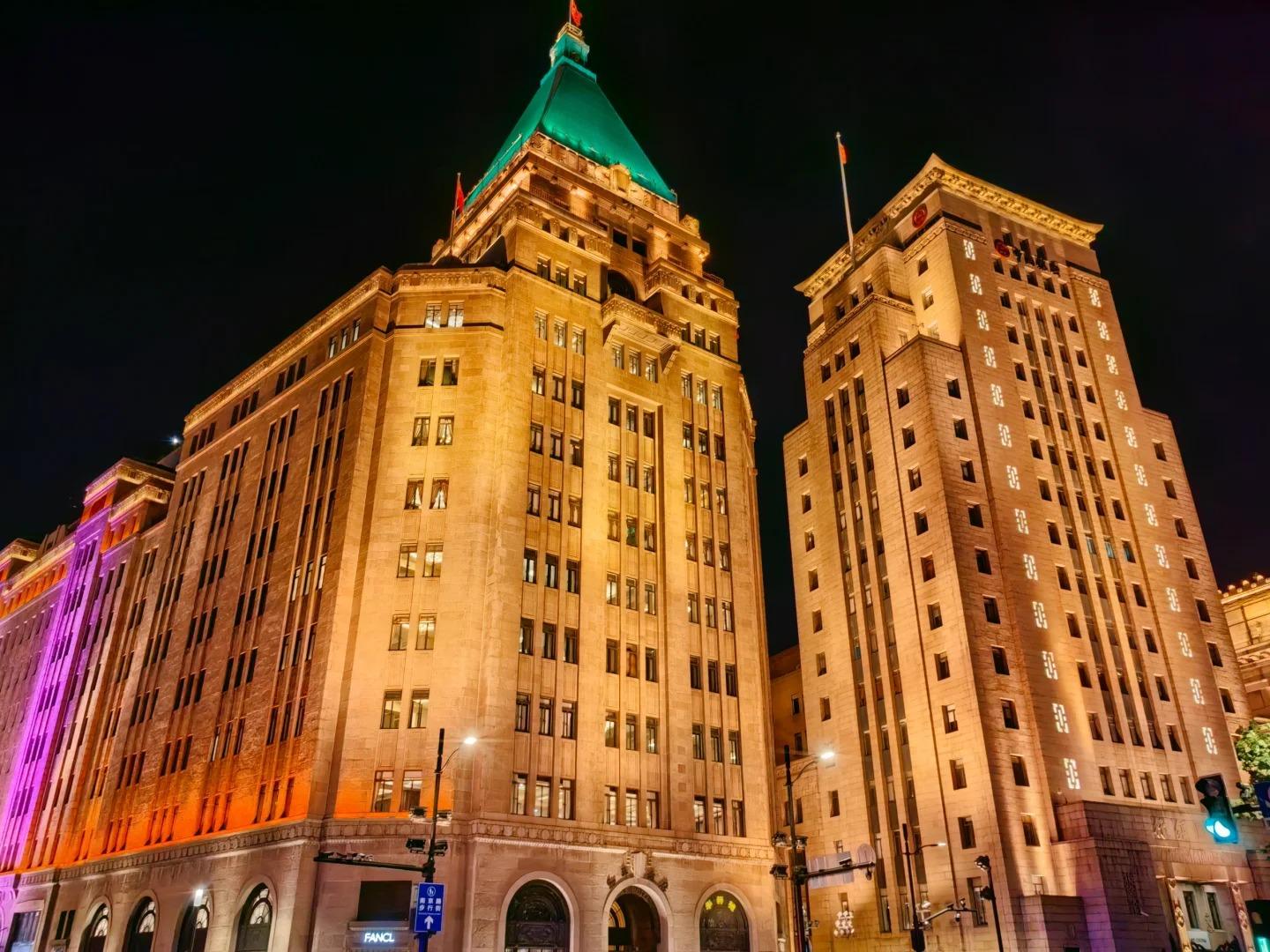
Architectural Features
- Art Deco Buildings: Nanjing Road features several notable Art Deco buildings from the 1920s and 1930s, reflecting Shanghai’s cosmopolitan past. These structures, with their distinctive geometric patterns and stylized designs, provide a glimpse into the city’s architectural heritage.
- Neon Signs: The street is famous for its vibrant neon signs, especially along the pedestrian section. These colorful, often animated signs create a dazzling nighttime spectacle and have become an iconic feature of Nanjing Road’s visual landscape.
- Modern Shopping Complexes: Interspersed with historical buildings are modern shopping malls and department stores. These contemporary structures, often featuring glass facades and innovative designs, represent Shanghai’s ongoing modernization and economic growth.
Cultural Importance
Nanjing Road holds significant cultural importance as a symbol of Shanghai’s commercial prowess and its history as a meeting point between East and West. It reflects the city’s transformation from a colonial-era concession to a global financial hub. The street has been a witness to major historical events and social changes in China, making it not just a shopping destination but also a cultural landmark. Today, it continues to be a microcosm of Shanghai’s blend of tradition and modernity, attracting millions of visitors who come to experience the city’s unique energy and diversity.
Surrounding Attractions
- The Bund: Located at the eastern end of Nanjing Road, the Bund is Shanghai’s famous waterfront promenade. It offers stunning views of the Huangpu River and Pudong’s futuristic skyline, as well as a collection of historic buildings representing various architectural styles from the early 20th century.
- People’s Square: Situated near the western end of Nanjing Road East, People’s Square is a large public square and park. It houses important cultural institutions like the Shanghai Museum, Shanghai Grand Theatre, and the Shanghai Urban Planning Exhibition Center.
- Jing’an Temple: Located near the western end of Nanjing Road West, Jing’an Temple is a Buddhist temple with a history dating back to 247 AD. Its golden roof and ornate architecture make it a striking contrast to the surrounding modern buildings.
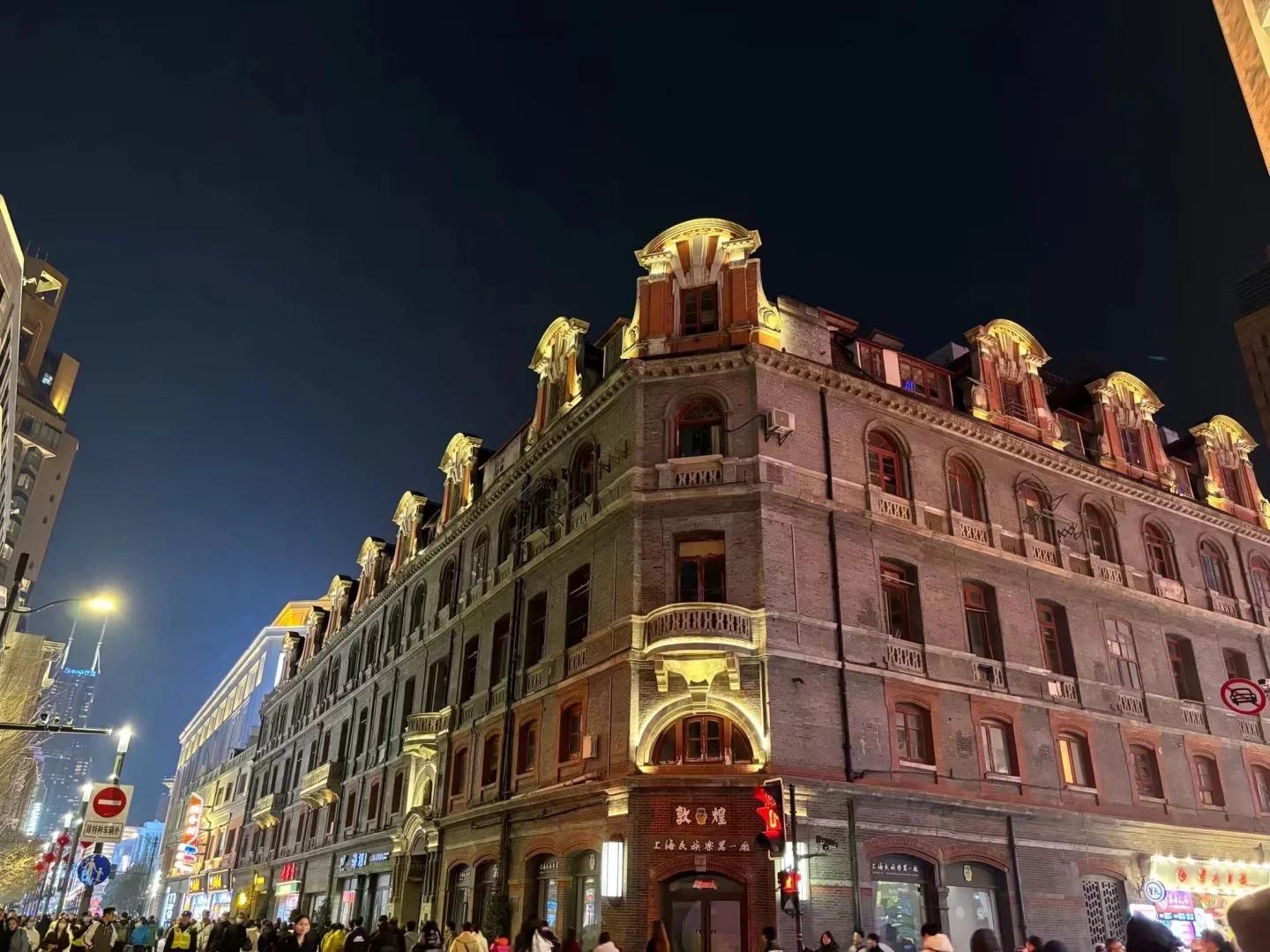
Photography Opportunities
- Neon Lights at Night: The dazzling neon signs and illuminated storefronts of Nanjing Road create a captivating scene after dark. Photographers can capture the vibrant energy of the street, with long exposure shots particularly effective in showcasing the street’s nighttime glow.
- Street Life and Crowds: The bustling pedestrian areas offer excellent opportunities for street photography. Capture the diverse mix of locals and tourists, street performers, and the general hustle and bustle that characterizes this lively thoroughfare.
- Architectural Contrasts: The juxtaposition of historical Art Deco buildings with modern skyscrapers provides interesting architectural contrasts. Photographers can explore different angles to capture the unique blend of old and new that defines Nanjing Road and Shanghai as a whole.
Modern Importance
- Economic Hub: Nanjing Road continues to be a vital economic center for Shanghai and China. It hosts numerous flagship stores of both domestic and international brands, contributing significantly to the city’s retail economy and serving as a barometer for consumer trends in China.
- Tourist Attraction: As one of Shanghai’s most famous landmarks, Nanjing Road plays a crucial role in the city’s tourism industry. It attracts millions of visitors annually, offering them a concentrated experience of Shanghai’s shopping, dining, and entertainment options.
- Urban Development Showcase: The ongoing development and management of Nanjing Road serve as a model for urban commercial street planning in China. Its successful pedestrianization and integration of historical preservation with modern commerce offer valuable lessons for urban planners and policymakers.
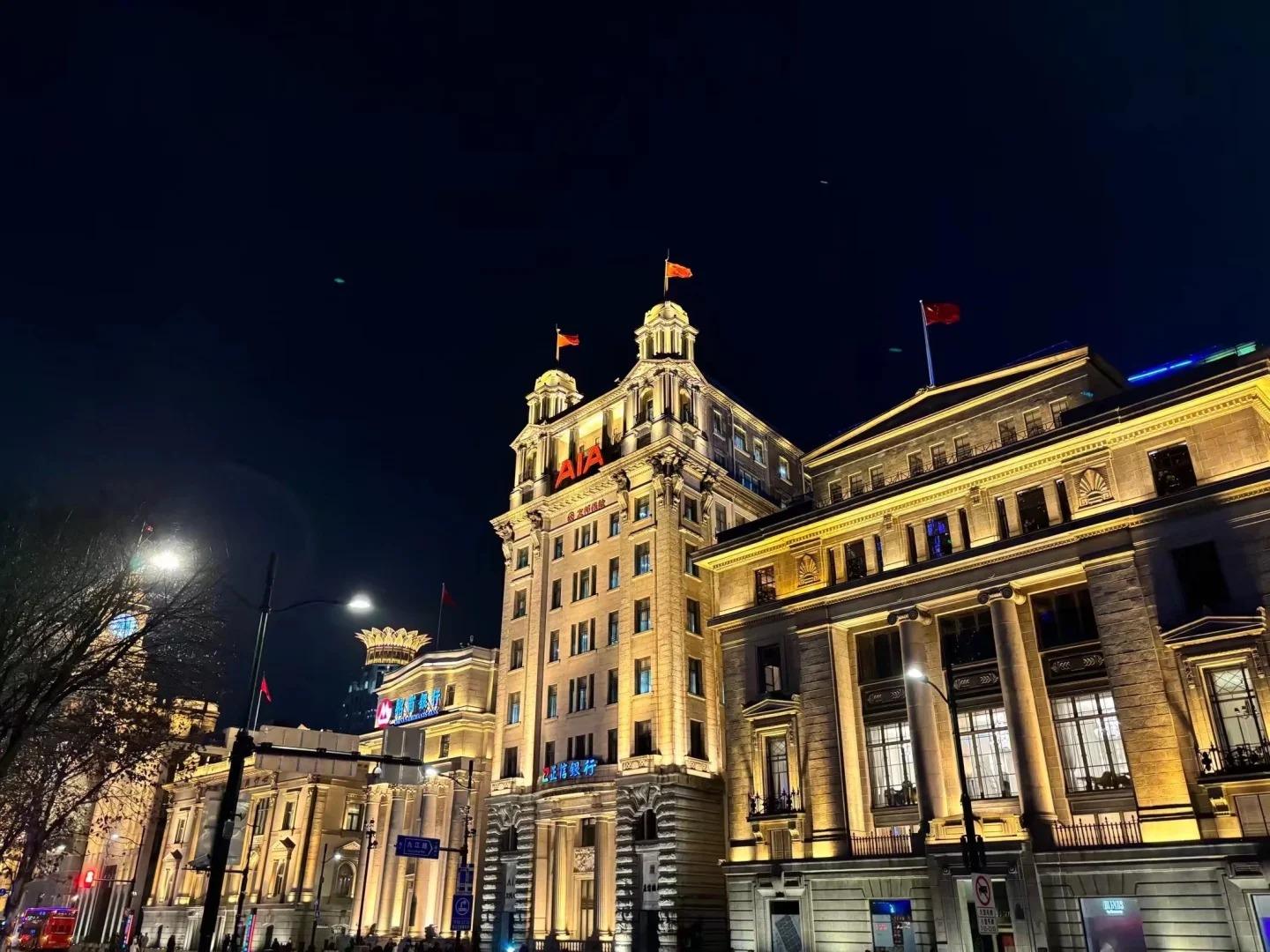
FAQ
- What is Nanjing Road famous for?
Nanjing Road is famous for being one of the world’s busiest shopping streets and a symbol of Shanghai’s commercial prowess. It’s known for its mix of traditional and modern shops, vibrant neon signs, and its role as a major tourist attraction in Shanghai. - What’s inside Nanjing Road?
Nanjing Road features a wide array of retail stores, from luxury brands to local shops, as well as numerous restaurants, cafes, and entertainment venues. It also includes several historic buildings, modern shopping malls, and street performances. - Is Nanjing Road free?
Yes, Nanjing Road itself is free to visit. It’s a public street and there’s no entrance fee. However, individual stores and attractions along the road may have their own charges. - Is Nanjing Road worth visiting?
Absolutely. Nanjing Road offers a unique glimpse into Shanghai’s vibrant commercial culture, blending history with modernity. It’s an excellent place for shopping, people-watching, and experiencing the energy of one of China’s most dynamic cities. - What to do in Nanjing Road?
Visitors can shop at various stores, dine at numerous restaurants, enjoy street performances, take photos of the neon lights at night, explore historic buildings, or simply stroll along the pedestrian sections and soak in the atmosphere. - How do I get to Nanjing Road in the local city?
In Shanghai, you can easily reach Nanjing Road by metro. Take Line 1, 2, 8, or 10 to People’s Square Station, or Line 2 or 10 to East Nanjing Road Station. Numerous bus lines also stop along Nanjing Road, and it’s easily accessible by taxi from anywhere in central Shanghai. - How to visit Nanjing Road?
To visit Nanjing Road, simply arrive at one of the metro stations mentioned above and start exploring. The pedestrian section of East Nanjing Road is particularly popular. It’s best to wear comfortable shoes as you’ll likely do a lot of walking. Visit during the day for shopping and in the evening to see the neon lights. Be aware of your belongings in crowded areas, and feel free to explore the side streets for a more local experience. Consider taking a ride on the tourist trolley for a different perspective of the street.



